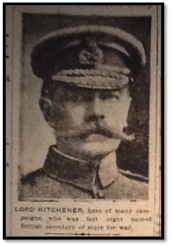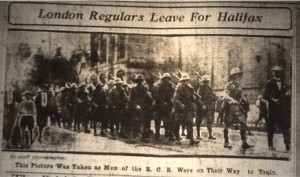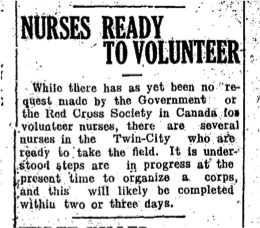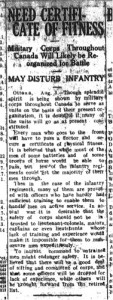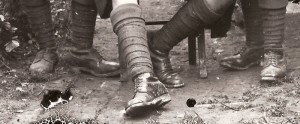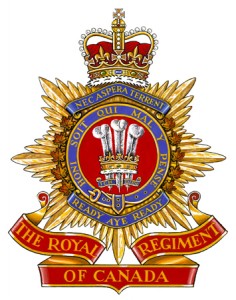As tensions increased in Europe, British Prime Minister H.H. Asquith and Winston Churchill, the First Lord of the Admiralty, began consulting Lord Horatio Kitchener. Just before war was declared, all heads of missions on leave were ordered to return to their posts. Kitchener, who was on leave in England, was waiting for a ship to take him back his post in Cairo, Egypt when Asquith requested that he attend the Council of War.
On 4 August, Asquith interviewed Kitchener for the position of Secretary of War, and he was formally appointed the next day. Kitchener would prove to be an important addition to the British War Cabinet; he was adamant that Britain needed to prepare for a long struggle that would be primarily fought on land. This contrasted the widely held belief that Britain could quickly achieve victory with its navy. Once appointed, Kitchener took the steps necessary to raise a large land force.
(“Britain is Quiet,” Berlin Daily- Telegraph, 6 August 1914 & H. Cassar, Kitchener’s War, British Strategy from 1914 to 1916 (Washington, D.C.: Bassey’s Inc, 2004), 20-26; Photo Origin: London Free Press, 6 August 1914.)
